How to grow moringa in your backyard.
Growing Urban Food – How to Grow Moringa in your backyard
Follow the Teachings and Pioneering of Newton Amaglo on Moringa Cultivation in a Square Meter Newton Amaglo, MSc in Olericulture (Vegetable Production). Specialties: Moringa High Density Leaf Cultivation, Large scale leaf processing and new moringa product development. Contact Newton Amaglo: newtonamaglo@gmail.com
– Measure an area of land 4.1 m2 to recondition the soil in the measured area by digging 2 ft deep and mixing the soil with equal proportion of manure and filling it back into the pit.
– Water thoroughly and allow the resulting mixture to decompose for six weeks
– Divide the pot into four beds by crossing a piece of board – Sow your organic moringa seeds and harvest after 60 days of growth
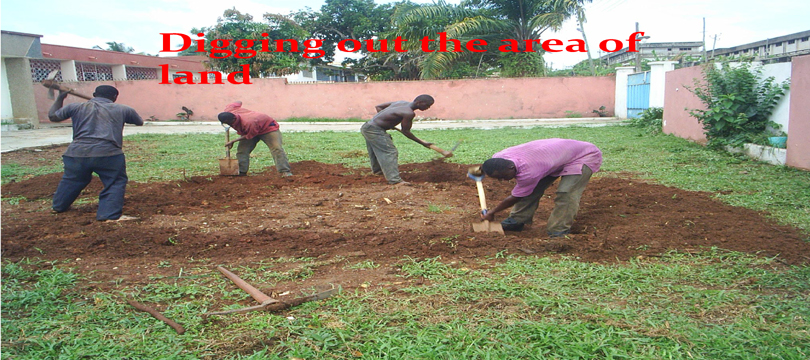
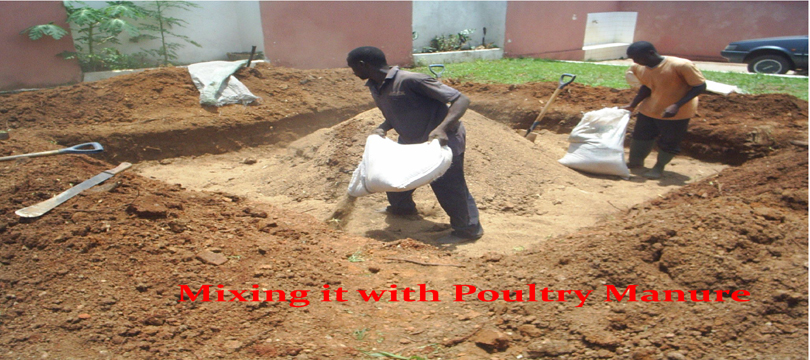
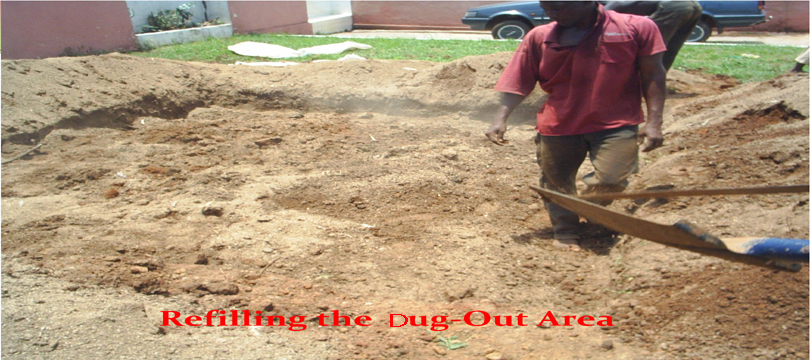
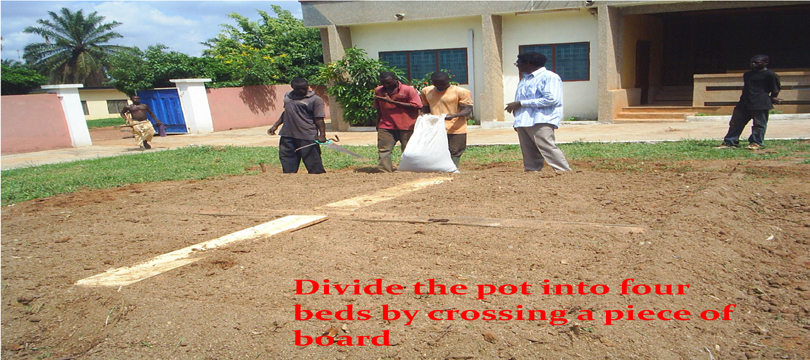
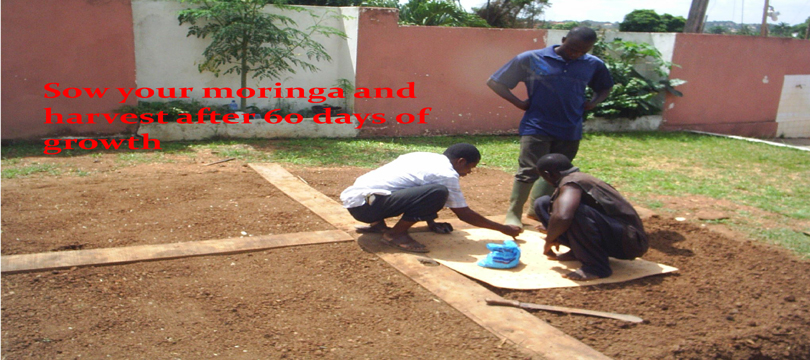
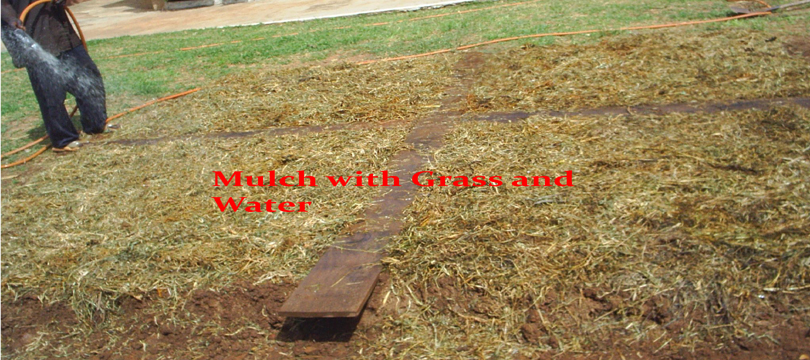
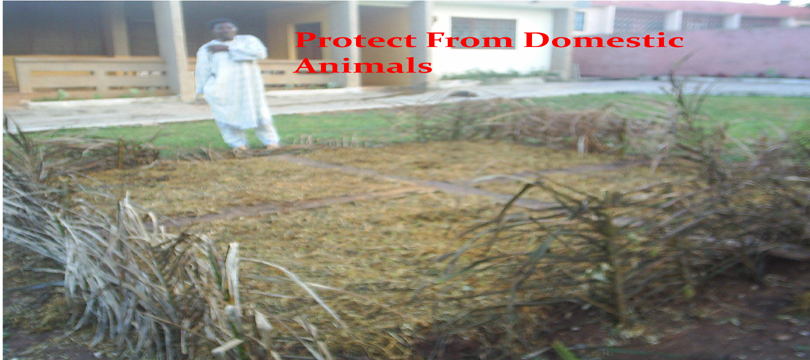
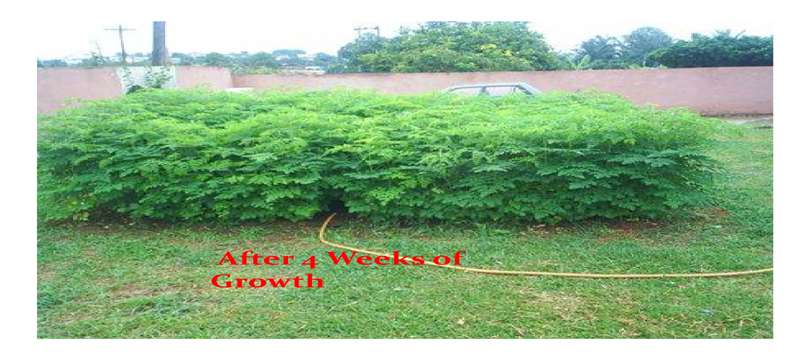

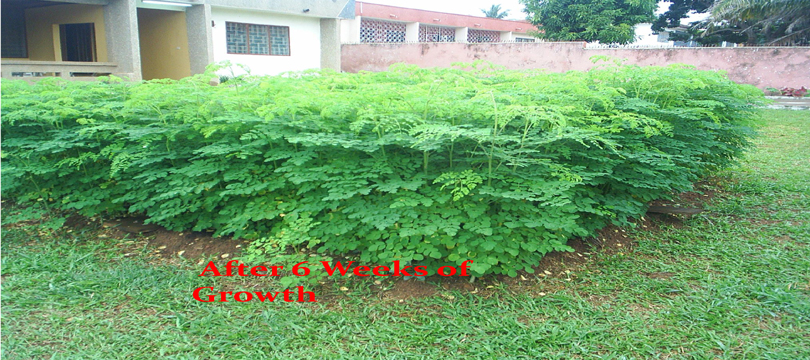
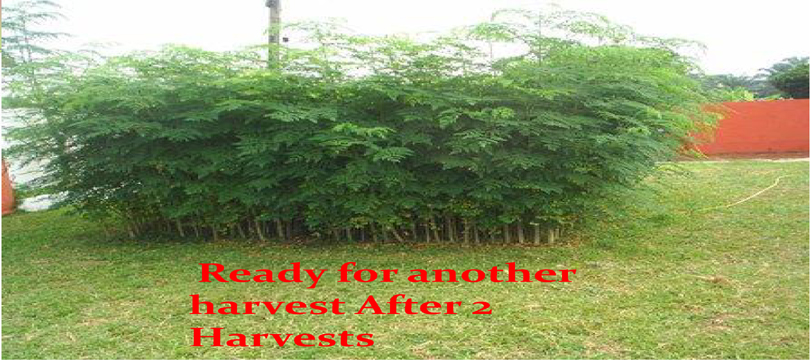
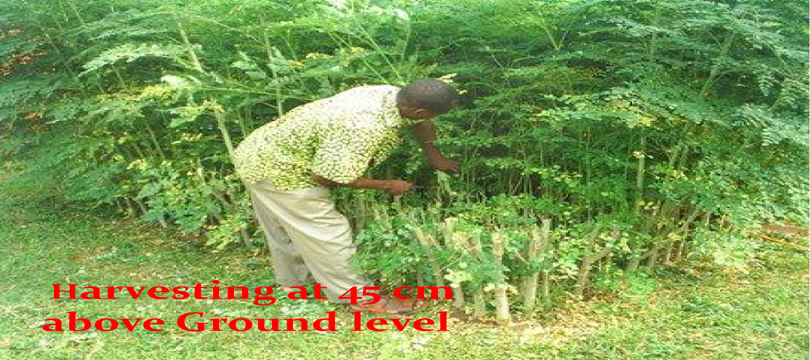
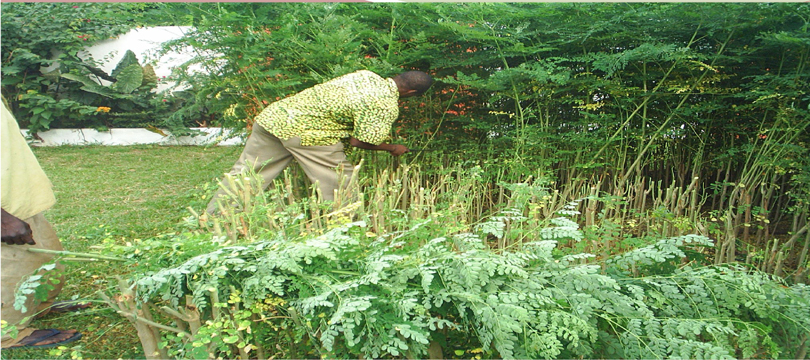
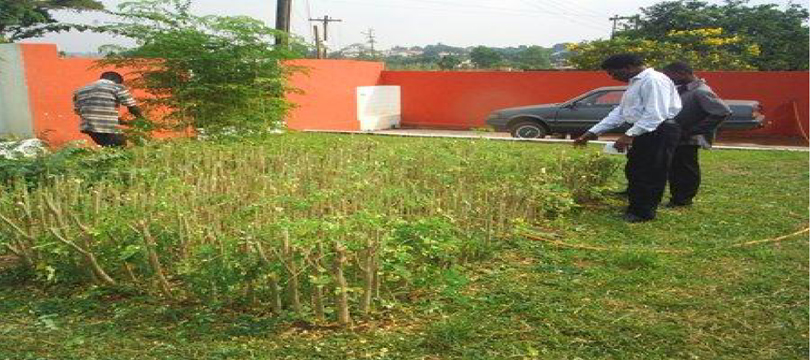
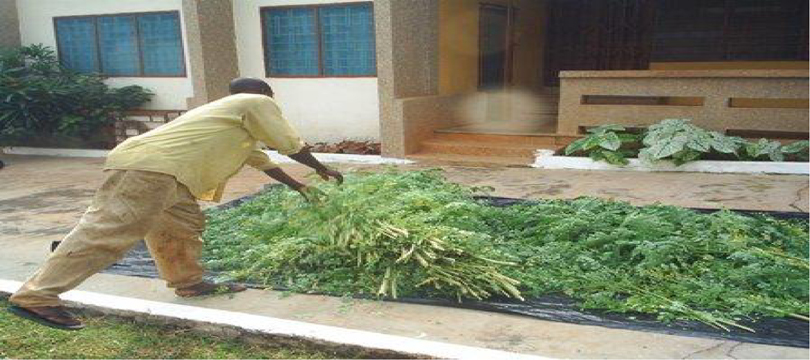
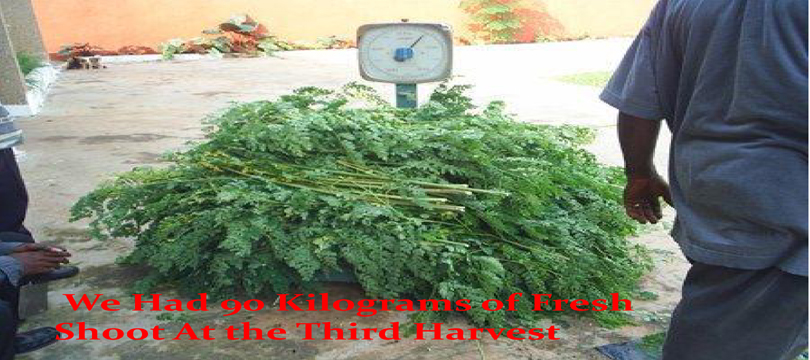
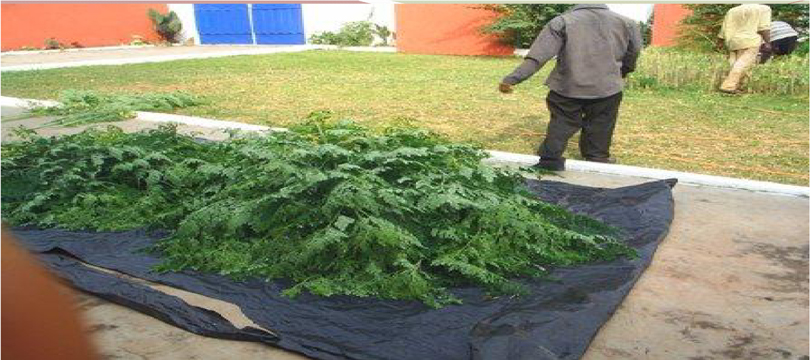
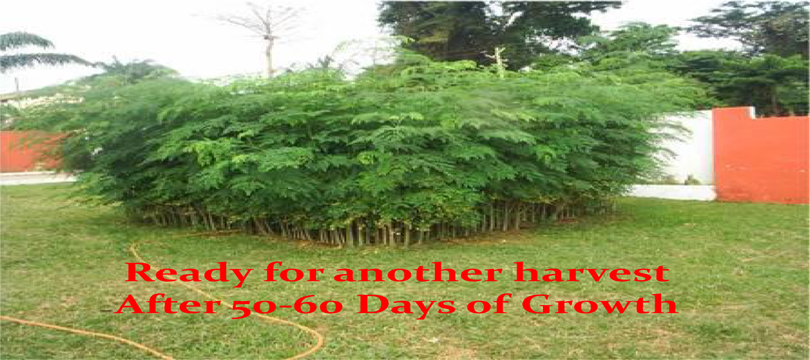
Moringa Can Wipe Out Malnutrition!
Moringa is an Efficient, Affordable, Easy and Accessible Solution Against Malnutrition
Dietary deficiencies of vitamins and minerals—life-sustaining nutrients needed only in small quantities (hence, “micronutrients”)—cause learning disabilities, mental retardation, poor health, low work capacity, blindness, and premature death. The result is a devastating public health problem: about 1 billion people, almost all in developing countries, are suffering the effects of these dietary deficiencies, and another billion are at risk of falling prey to them.
Is Moringa the best solution for urban agriculture?
ARGUMENTS AND POTENTIAL FOR MORINGA URBAN CULTIVATION
– The world’s population is urbanizing with urban slams becoming a common phenomenon and feeding them becomes a new challenge
– In Urban slams the top soil is normally removed during construction
– Land or space is not easily available and the smallest available land must be judiciously utilized
– Water is equally expensive and must be used judiciously.
Moringa leaves can be produced intensively in a family-sized small garden with seeds spaced as closely as 10 cm apart. When the plants reach a height of a meter. They can be cut down to a height of 30 cm. The moringa leaves can be stripped from the stems and used fresh or made into powder, while the stems can be fed to livestock. The stumps survive the harvest and will re-sprout, allowing another harvest in as little as 50 days. A moringa garden can thus continually produce moringa leaves for several years with little labor.
Urbanization is changing human demands and straining natural resources. In order to support this lifestyle, the cities must adapt. The current trend of urbanization means that without making our cities more sustainable, there is little hope for a sustainable world.
This high concentration of people in cities has serious consequences for poverty rates and food security. The world’s urban poor tend to lack the money to purchase food and lack the land and resources to grow their own. More people living in cities with limited access to food will result in an increase in the level of urban poverty from 30 to a staggering 50% by 2020. To further exacerbate the economic hardship of city-dwellers in developing countries, the cost of feeding urban areas is high compared with rural areas. Not only must the food be collected from many small rural farmers, packaged, transported, and distributed, but postharvest food losses from inadequate preservation, as well as delays at checkpoints along poorly maintained roads increase the costs even more. “Food losses can be as high as 35 percent for perishable food products, while transportation costs can reach as high as 90 percent of the overall food marketing margin.” With such complications and insecurities, many people have turned to urban agriculture as a more dependable source of food over which they have control.
Despite the clear advantages of urban agriculture, there are obstacles as well. In addition to the obvious lack of space for cultivation, other obstacles arise from the dense concentration of humans, plants and animals sharing air, water and soil resources.
Cities will continue to depend largely on rural agriculture for bulkier, less perishable foodstuffs. But urban agriculture can provide significant amounts of food at small scales and for specific items.
Whether driven by the need to provide food for a city’s poor or by the desire to mitigate climate change, urban agriculture is logical and beneficial. Growing urban food in community orchards, market gardens, allotments, school grounds, as well as in private gardens, has numerous social, environmental and economic benefits. It can reduce food miles and encourage people to eat more healthily.
Schools, orphanages, prison services and others, could easily adopt a Moringa intensive system of cultivation.